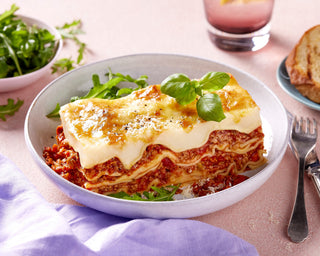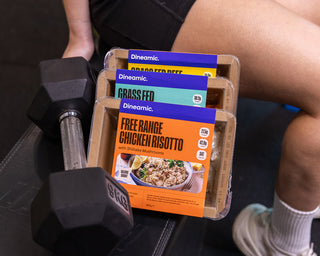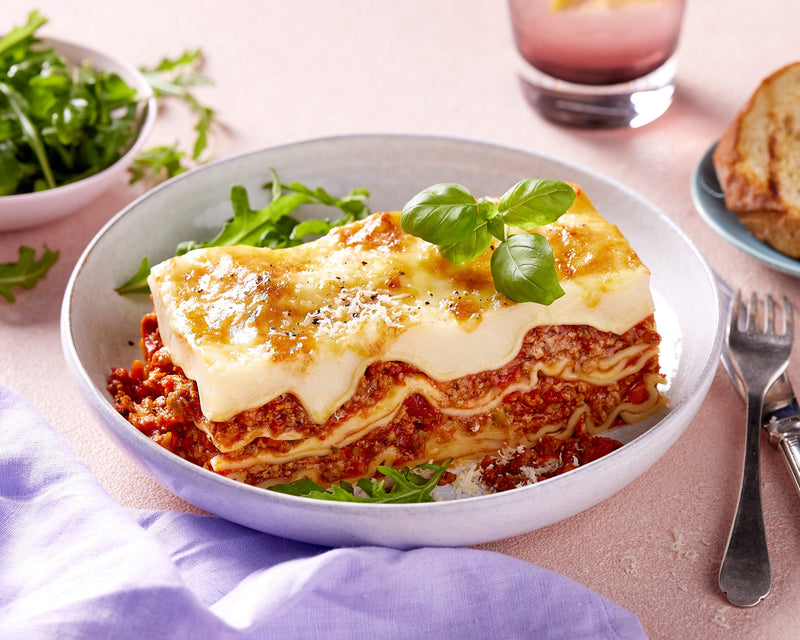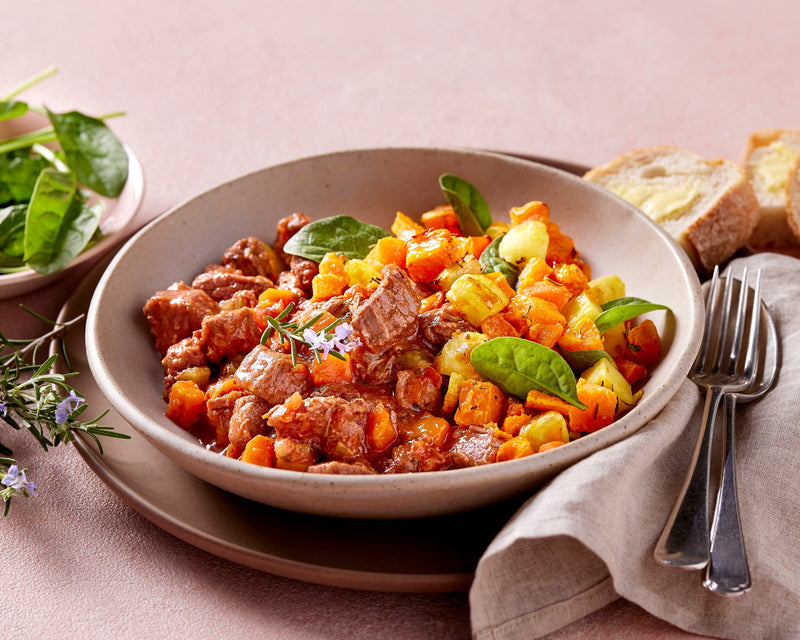
Ever wondered why chip packets need that extra ‘air’ and why mashing potatoes in blenders looks more like mozzarella cheese than fluffy creamy potatoes?
This week we’re putting our food science detective hats on and tackling some of the most random questions you need answers to.
WHY ARE CHIP PACKETS SO FULL OF AIR?
To clear the air about this conundrum, the first thing to clarify is that it’s nitrogen gas, not oxygen and there’s a very important reason it’s there. Nitrogen gas is an inert, odourless, dry filler gas that is commonly used in the manufacturing world, it creates a pressurized atmosphere that prevents the package from collapsing which in the case of chips, it stops them from getting crushed.
On the food safety side of things, it also helps prevents the fat in chips from oxidising and producing a rancid odour keeping them fresher for longer and stopping them going stale.
WHY DOES MASHING POTATOES IN THE BLENDER TURN THEM INTO GLUE?
This all comes down to starch.
Let’s look at what makes a potato first. Think of potato as cells held together by pectin (a plant glue) and within each cell there’s heavily concentrated, tightly packed starch granules. When you cook potatoes, the pectin ‘glue’ breaks down and individual cells expand and separate releasing starch out. Starch absolutely loves absorbing water, so they swell up and eventually release wet sticky starch molecules. Starch is also a key player in determining the consistency of the final mashed potato, so by throwing a whole heap of potatoes into the food processor/blender it releases way too much starch, way too fast. The result? Well, it’s similar to mozzarella cheese and super gluey so we don’t recommend it... unless of course, you do actually want to make glue with your potatoes.
WHAT IS THE BEST WAY TO COOK PASTA?
Ask anyone and they’ll most likely tell you the best way to cook pasta is in a large pot of salted water at a rolling boil. But is that true and why?
When we cook regular durum wheat pasta, the major structural change is starch gelatinization and protein coagulation, remember these two terms. These occur at the same temperature and moisture level but there are several factors that aid in this change. These are mainly the semolina protein quality and amount, drying conditions for the pasta, and the composition of the cooking water1.
To start off with the explanation we’ll break it into segments, the volume of water, the ‘hardness’ of water (i.e. the amount of dissolved minerals in the water), the salt and the need to stir.
- A larger volume of water has a higher thermal mass (basically it absorbs and stores heat more). It’s also considered the highest specific heat capacity of any liquid, so more volume of it would require more heat energy to bring it up to boiling point. When pasta is added to the mix the temperature of the water dramatically drops. The good thing with a higher volume of water is that the more water you had initially, the smaller the temperature change, cooking it faster. Plus, smaller volumes of water can make the water too starchy which can lead to stickier pasta which nobody wants. Summary for this part? Think a BIG pot of water.
- According to Malcolmson & Matsuo, higher levels of calcium and magnesium in the cooking water adversely affects spaghetti cooking quality. Fortunately, you don’t need to worry as most parts of Australia have ‘soft’ water level, but it’s still good to know right?
- Salt not only adds flavour to the pasta and pasta water (which can be used later to thicken sauces up!) but there’s some theory that it either increases or decreases the boiling point of water. Well, it does increase it, but even then it only shows a marginal difference in temperature. Two things that adding salt does do is limit water uptake in the pasta and reduce starch gelatinization so it actually helps it stop gelling together.
- Rolling boil means more movement so less stickiness of pasta to a degree. It’s still very important to stir to allow the excess starch to be rinsed off the outer layers of the pasta to stop them from sticking together. This is particularly the case if your pasta isn't still at a rolling boil.
- Lastly, it’s not really ‘science’ but it is the way that nonna does it so there's very little point in arguing.
If you’ve got a food science question you want us to answer, let us know in the comments below!
References:
- Cunin, , Handschin, S., Walther, P.and Escher, F. 1995. Structural changes of starch during cooking of during wheat pasta. Lebensmittel-Wissenschaft und Technologie, 28: 323–328.










